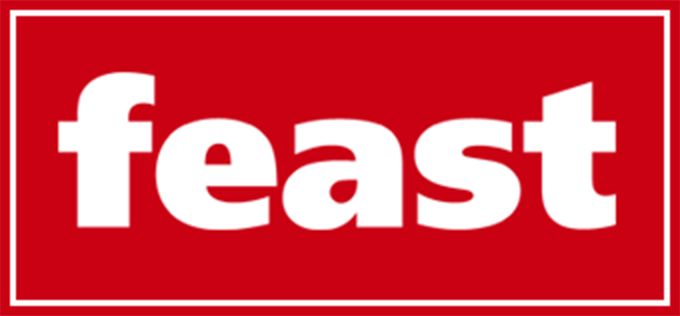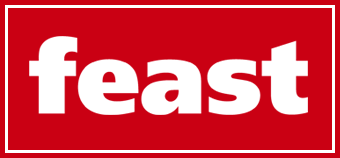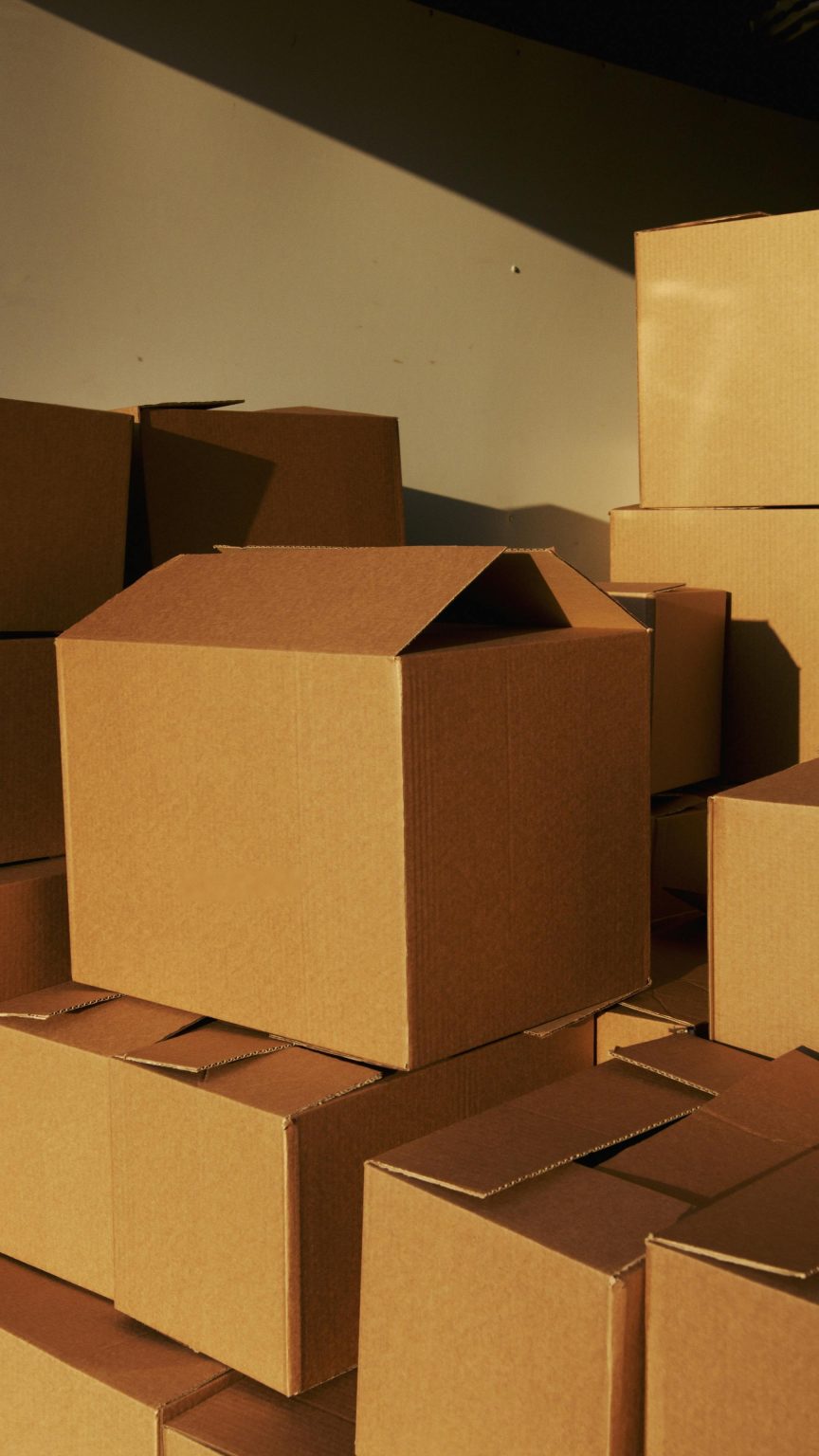Whether you’re running a business or moving home, the humble cardboard box is one of the most essential and versatile packaging solutions available. Affordable, recyclable, and available in countless shapes and sizes, cardboard boxes meet a wide range of needs. But with so many types on the market, knowing which to choose—and where to buy them—can be overwhelming.
This guide explores everything you need to know before you buy cardboard boxes, including types, uses, key considerations, and tips on making the most of your purchase.
Why Cardboard Boxes Are in High Demand
Cardboard boxes are the backbone of packaging across industries. Their widespread use is due to a few key advantages:
- Affordability: Low production costs make cardboard boxes an economical choice.
- Eco-Friendliness: Most are made from recyclable materials and are themselves recyclable.
- Lightweight Yet Durable: Corrugated cardboard offers protection without adding excess weight.
- Versatile: Used for storage, shipping, moving, display, and more.
- Customisable: Can be printed, branded, cut to shape, or treated for specific uses.
Whether you’re shipping products, organising stock, or preparing for a big move, cardboard boxes are a tried-and-tested solution.
Types of Cardboard Boxes
Before you buy, it’s important to know the main types of cardboard boxes available:
1. Single-Wall Boxes
These are made from one layer of corrugated cardboard between two liners. They’re ideal for lightweight goods and general use in both business and domestic settings.
2. Double-Wall Boxes
With two layers of corrugated board, these boxes offer increased strength and protection. Perfect for heavier or more fragile items, they’re commonly used in shipping and storage.
3. Die-Cut Boxes
These are custom-shaped boxes, often used for retail packaging. They may feature locking tabs, handles, or custom folds—ideal for presentation and product branding.
4. Heavy-Duty Boxes
Designed for industrial use or heavy machinery, these boxes use thicker walls or triple-layer corrugated cardboard for maximum durability.
5. Postal Boxes & Book Wraps
Used for ecommerce shipping, these boxes are designed to snugly fit books, electronics, or clothing while minimising void fill and postage costs.
Where to Buy Cardboard Boxes
There are several options when it comes to sourcing cardboard boxes, each with its own advantages:
1. Online Packaging Suppliers
Packaging specialists like Packhelp, Rajapack, or UK-based providers often offer bulk discounts, a wide range of box sizes, and fast delivery. These suppliers also tend to carry eco-friendly and custom-branded options.
2. DIY Stores & Supermarkets
Chains such as B&Q or Argos stock moving kits and standard box sizes, ideal for domestic use or one-time projects. While convenient, prices can be higher than buying in bulk online.
3. Local Recycling or Freecycle Groups
For personal moves or low-budget needs, local groups often give away lightly used boxes. This is environmentally friendly and cost-effective, but availability can be limited and inconsistent.
4. Custom Box Manufacturers
If you need boxes for product packaging or brand identity, working with a manufacturer who offers bespoke sizes and print options is best. Minimum order quantities may apply, but the quality and brand consistency are worth it.
Key Considerations When Buying Cardboard Boxes
Choosing the right box involves more than just size. Here are some important factors to keep in mind:
1. Size and Dimensions
Measure your items carefully. Too large, and you’ll spend more on void fill; too small, and your goods may be damaged in transit. Consider internal dimensions, especially for fragile or high-value items.
2. Strength and Wall Thickness
For shipping, double- or heavy-duty boxes are often worth the extra cost to avoid breakage. The strength rating (often expressed as a board grade or burst strength) indicates how much weight a box can carry.
3. Intended Use
Are you storing seasonal goods, sending parcels, or displaying a product? Each use case may call for different features—such as moisture resistance, printability, or self-locking flaps.
4. Quantity
Buying in bulk usually brings down the unit cost. Businesses should assess monthly or quarterly packaging needs and purchase accordingly to optimise storage and cash flow.
5. Environmental Impact
Many suppliers now offer boxes made from 100% recycled materials or FSC-certified cardboard. Look for sustainable options if you’re aiming to reduce your carbon footprint.
Benefits for Businesses
For ecommerce retailers, logistics companies, and manufacturers, cardboard boxes are more than just packaging—they’re part of the customer experience and operational efficiency.
- Branding Opportunity: Custom-printed boxes reinforce brand identity at every delivery.
- Inventory Management: Uniform box sizes streamline packing and storage processes.
- Shipping Efficiency: Right-sized boxes reduce costs by eliminating wasted space and weight.
- Customer Satisfaction: Strong, attractive packaging reduces returns and increases customer trust.
Benefits for Households
From home moves to long-term storage, cardboard boxes are invaluable around the house.
- Organisation: Seasonal decorations, clothing, or documents are easier to sort and find.
- Affordability: A small investment in quality boxes can save time, effort, and damage.
- Reusability: Boxes can be broken down and reused for various needs, or easily recycled.
How to Get the Best Value
To get the most from your cardboard box purchase, follow these tips:
- Buy in bulk for better pricing, especially for regular use.
- Choose the right size and strength to avoid product damage and reduce material waste.
- Compare multiple suppliers, factoring in shipping costs and delivery timeframes.
- Consider storage: Flat-packed boxes take up less space and are easier to manage.
- Opt for eco-friendly options whenever possible to support sustainability goals.
Conclusion
Whether you’re a business looking to enhance packaging operations or a household planning a move, knowing where and how to buy cardboard boxes makes all the difference. With the right choice of size, strength, and supplier, cardboard boxes can offer unmatched utility, protection, and cost-effectiveness. Take time to assess your needs, explore your options, and invest in quality packaging that delivers both function and value.



